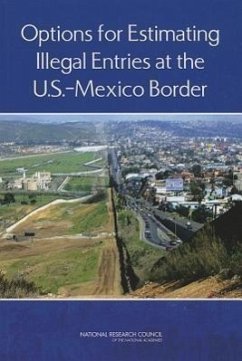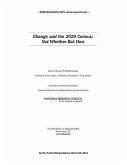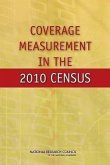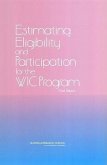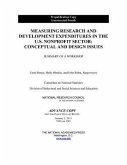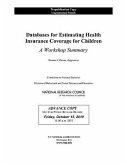The U.S. Department of Homeland Security (DHS) is responsible for securing and managing the nation's borders. Over the past decade, DHS has dramatically stepped up its enforcement efforts at the U.S.-Mexico border, increasing the number of U.S. Border patrol (USBP) agents, expanding the deployment of technological assets, and implementing a variety of "consequence programs" intended to deter illegal immigration. During this same period, there has also been a sharp decline in the number of unauthorized migrants apprehended at the border. Trends in total apprehensions do not, however, by themselves speak to the effectiveness of DHS's investments in immigration enforcement. In particular, to evaluate whether heightened enforcement efforts have contributed to reducing the flow of undocumented migrants, it is critical to estimate the number of border-crossing attempts during the same period for which apprehensions data are available. With these issues in mind, DHS charged the National Research Council (NRC) with providing guidance on the use of surveys and other methodologies to estimate the number of unauthorized crossings at the U.S.-Mexico border, preferably by geographic region and on a quarterly basis. Options for Estimating Illegal Entries at the U.S.-Mexico Border focuses on Mexican migrants since Mexican nationals account for the vast majority (around 90 percent) of attempted unauthorized border crossings across the U.S.-Mexico border.
Hinweis: Dieser Artikel kann nur an eine deutsche Lieferadresse ausgeliefert werden.
Hinweis: Dieser Artikel kann nur an eine deutsche Lieferadresse ausgeliefert werden.

